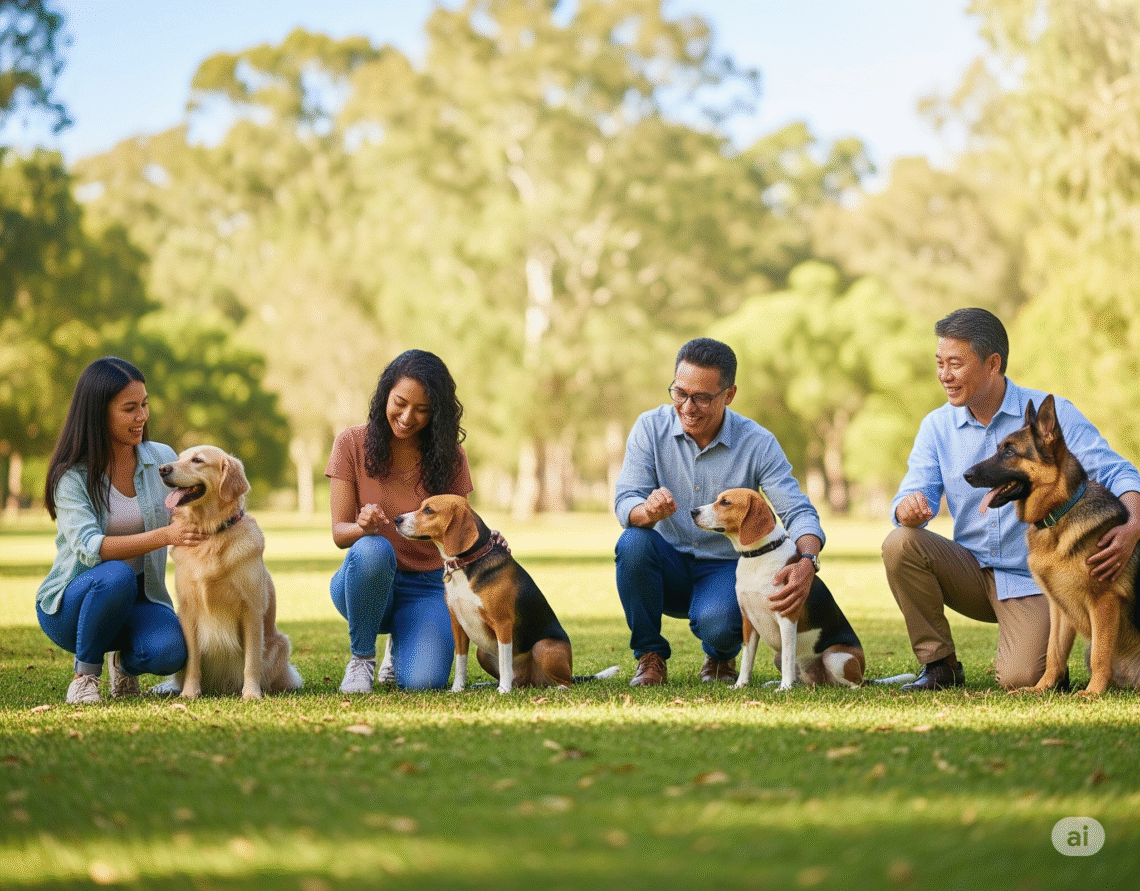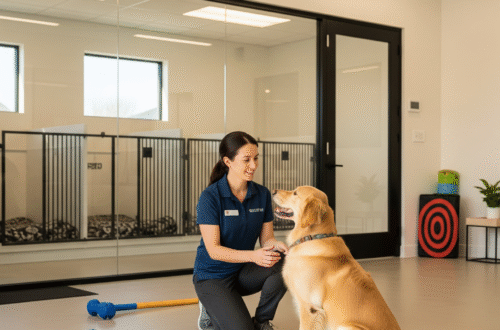Have you ever noticed your dog cowering in the corner during a thunderstorm? Or perhaps they hide under the bed when strangers visit? Just like humans, dogs can experience anxiety and fear. These emotions can stem from various triggers, making it crucial for pet owners to understand how to recognize and manage them.
Fear in dogs is not just about being scared; it’s a complex emotional response that affects their overall well-being. As loving pet parents, we want our furry friends to feel safe and secure. But how do we help them overcome their fears?
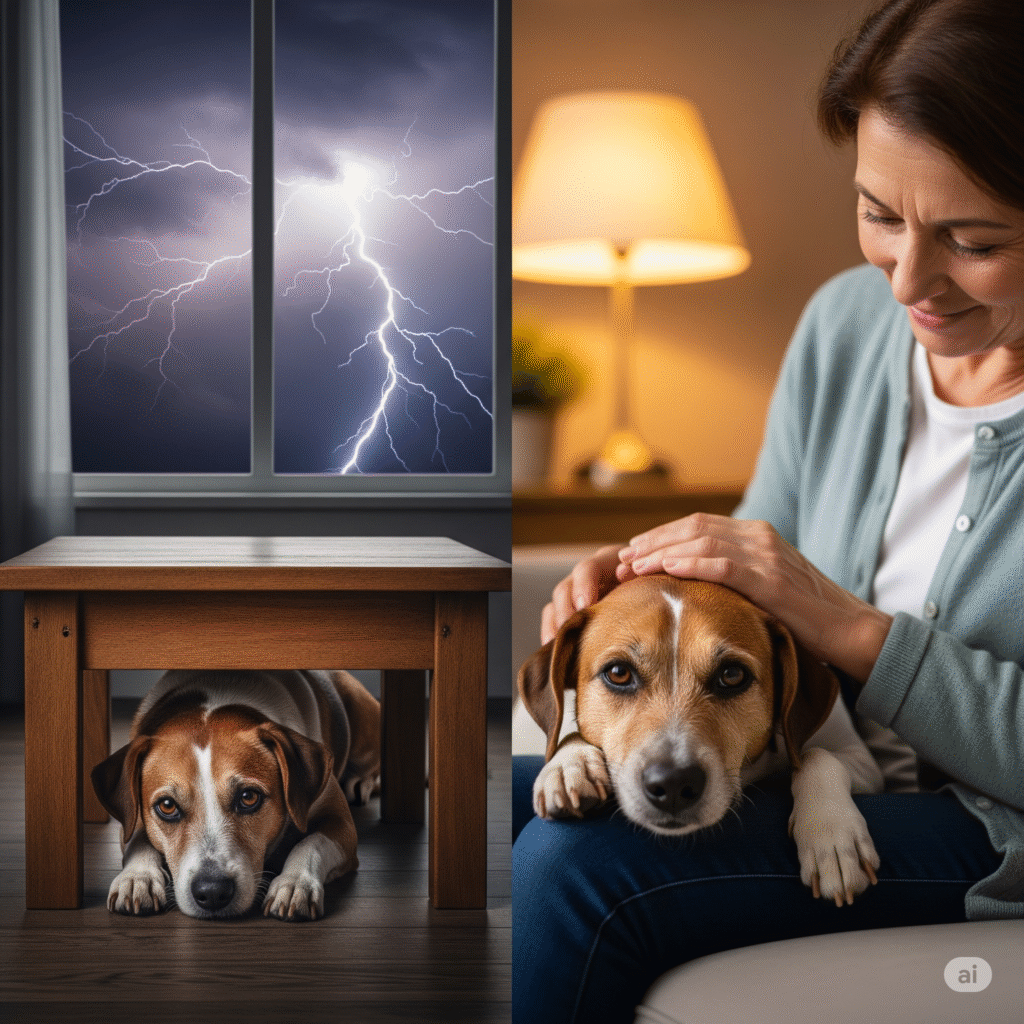
This guide dives deep into understanding canine anxiety, identifying signs of distress, and exploring effective techniques to reduce fear in dogs.
Understanding Canine Anxiety
Canine anxiety is a common issue that affects countless dogs around the world. It manifests in various forms, often tied to specific triggers like loud noises, separation from their owners, or unfamiliar situations.
Understanding this condition begins with recognizing that it’s not simply about being scared. Dogs experience anxiety much like humans do; they can feel overwhelmed and stressed by certain stimuli.
Different breeds may respond differently to anxiety-inducing scenarios. While some dogs might thrive in busy environments, others may become agitated and fearful.
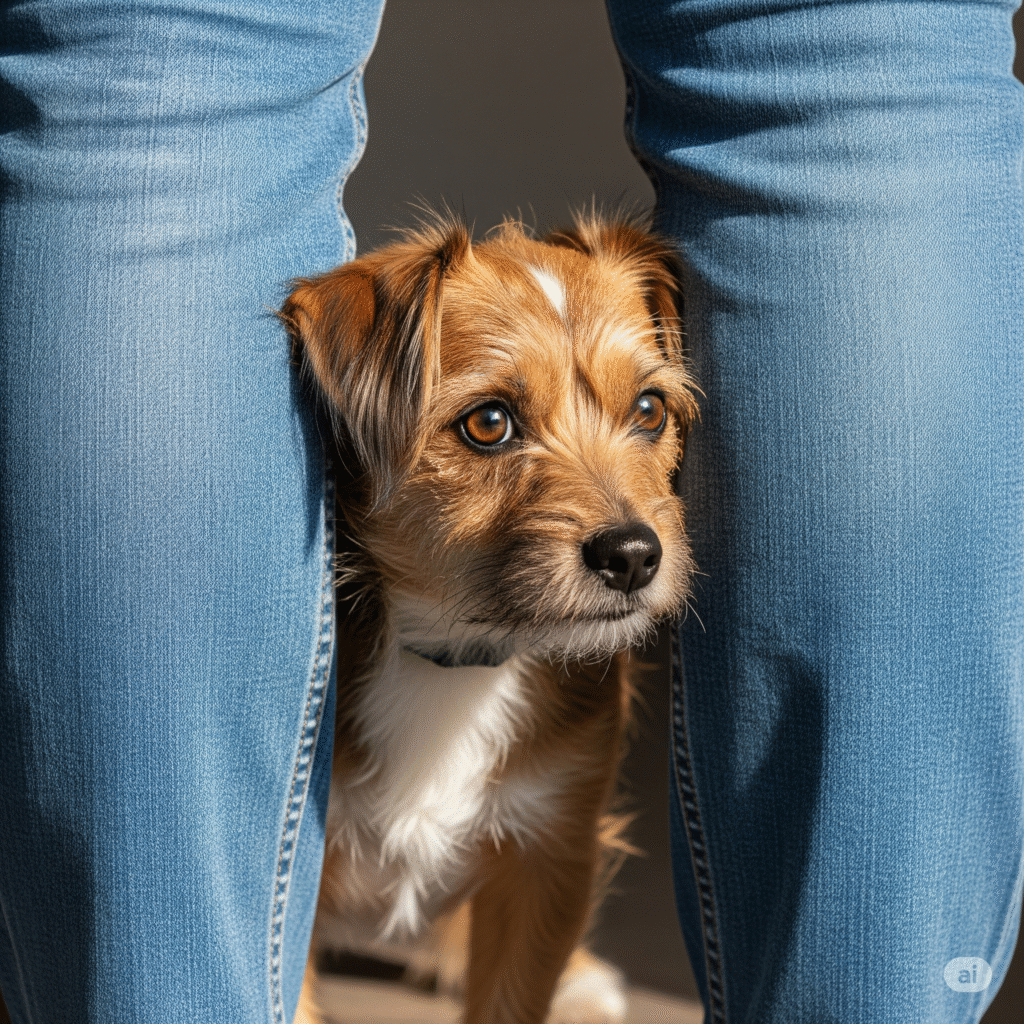
Factors such as genetics, early socialization experiences, and past traumas can play significant roles in shaping a dog’s emotional responses. Recognizing these elements helps us understand our pets better.
Addressing canine anxiety requires patience and empathy. Each dog is unique—and understanding their individual needs is key to helping them navigate through fear effectively.
Identifying Signs of Fear in Dogs
Recognizing fear in dogs can be crucial for their well-being. Subtle signs often go unnoticed, making it hard to help them.
Pay attention to body language. A fearful dog might lower its head or tuck its tail between its legs. Ears pinned back and wide eyes are also key indicators of anxiety.
Vocalizations like whimpering, growling, or barking can signal distress. If your dog suddenly becomes quiet when they usually bark, that’s worth noting too.
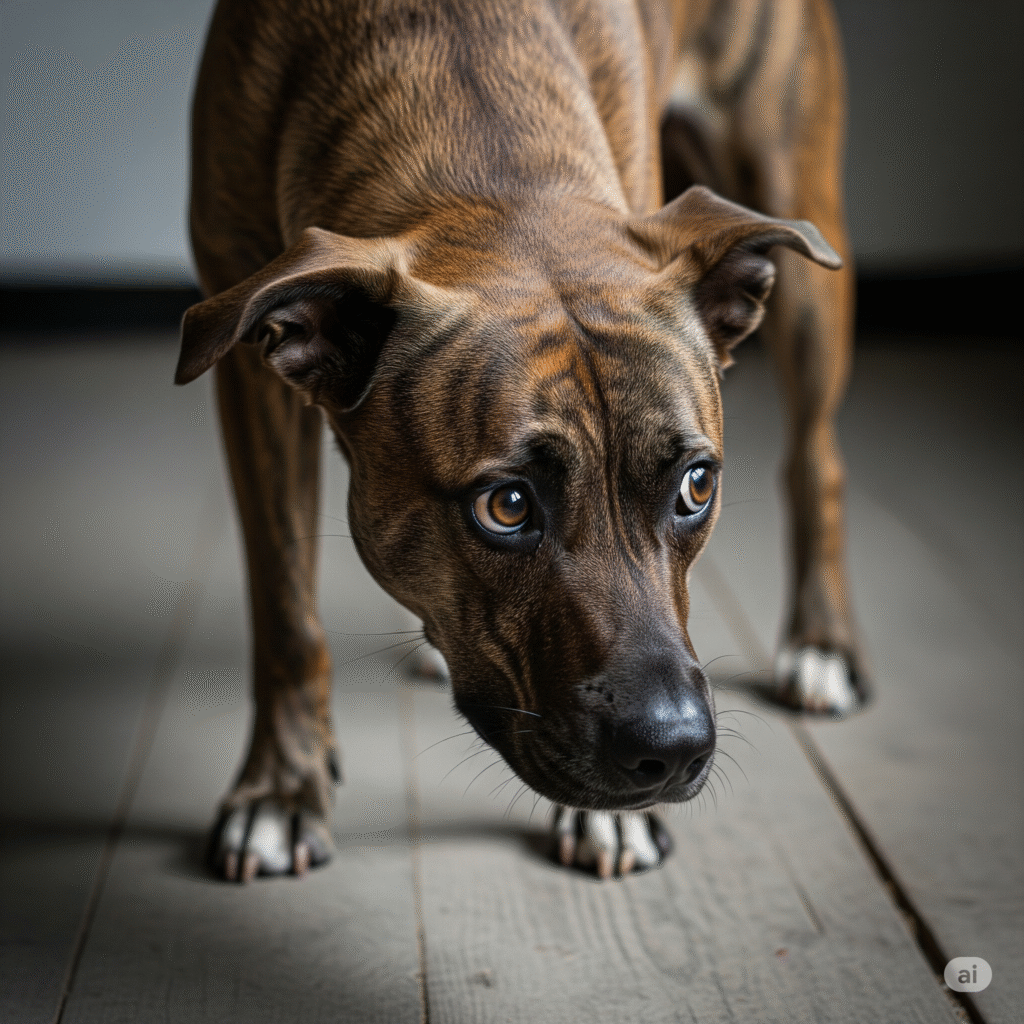
You may observe changes in behavior during stressful situations—like hiding under furniture or refusing to come out for walks. Excessive licking or chewing on paws can indicate nervousness as well.
Even physical reactions matter; trembling and panting aren’t just normal responses to heat but can reveal deeper emotional struggles.
Being vigilant about these signs helps you address the issue effectively before it escalates into more significant problems with fear in dogs.
Causes of Fear in Dogs
Fear in dogs can stem from a variety of sources. Some pups may have had negative experiences early in life, such as abuse or trauma. These incidents can create lasting associations that trigger fear responses later on.
Genetics also play a role. Certain breeds are more predisposed to anxiety, making them more sensitive to stressors. Environmental factors, like loud noises or unfamiliar surroundings, can further amplify their fears.
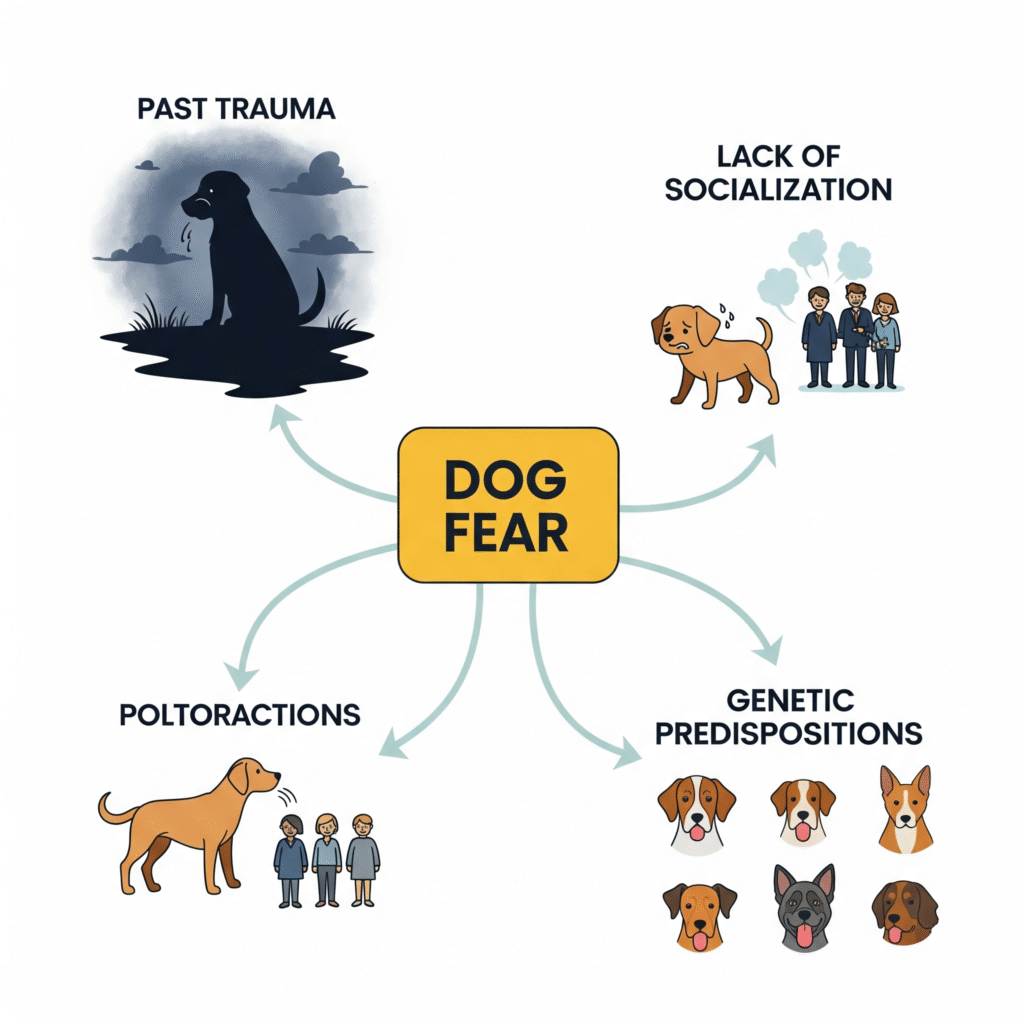
Socialization is crucial during a dog’s formative months. Lack of exposure to different environments and people can lead to heightened anxiety as they mature.
Medical issues shouldn’t be overlooked either; pain or illness can manifest as fearfulness. Understanding the root causes is vital for effectively addressing and reducing fear in dogs.
Techniques to Calm a Fearful Dog
To calm a fearful dog, start with regular exercise. Physical activity releases pent-up energy and reduces anxiety. A simple daily walk or play session can make a significant difference in your dog’s mood.
Mental stimulation is equally important. Engage your pet with puzzles or interactive toys that challenge their mind. This will divert their attention from fear triggers while keeping them occupied.
Positive reinforcement training builds confidence. Rewarding your dog for calm behavior helps them associate potentially frightening situations with something pleasant. Use treats or praise to encourage bravery during encounters that typically induce fear.
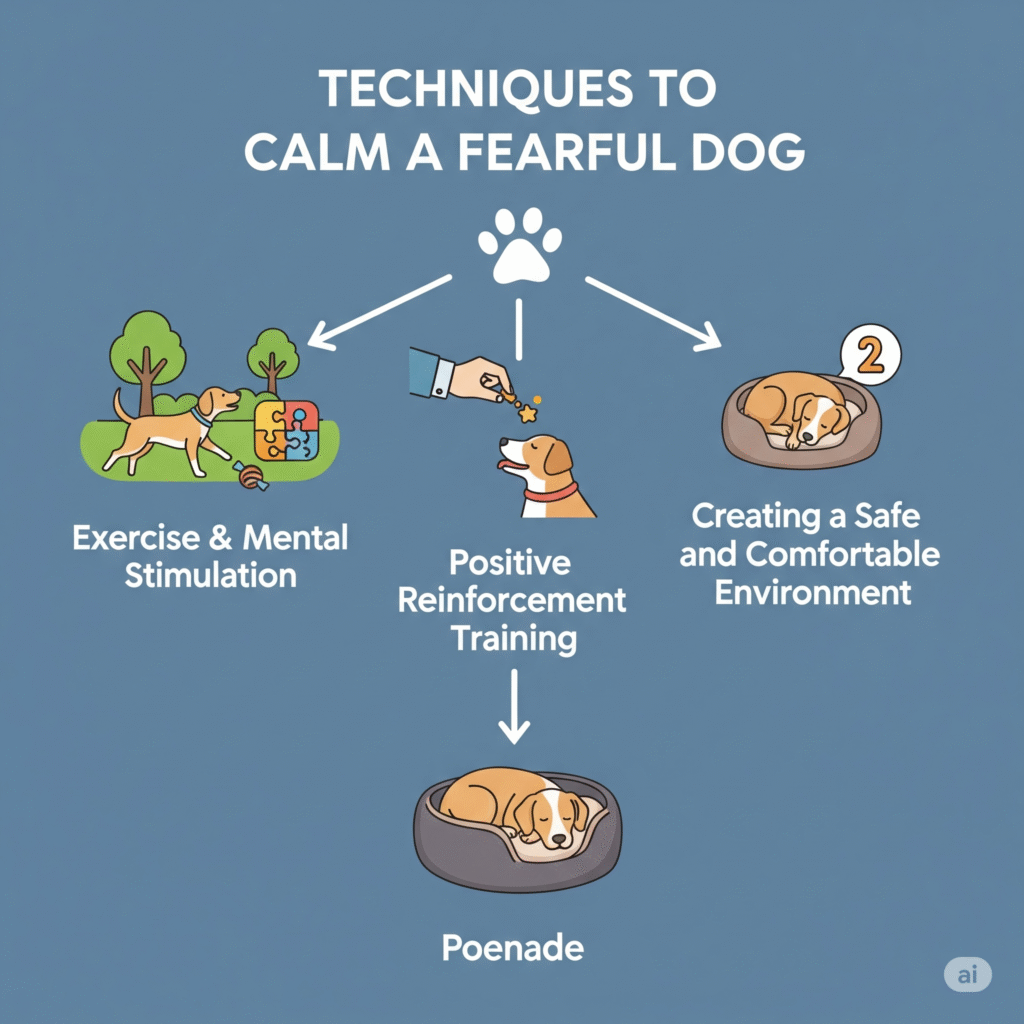
Creating a safe haven at home provides comfort when stress arises. Designate a quiet space filled with familiar items like blankets and toys where they feel secure, allowing them to retreat during overwhelming moments.
Consider aromatherapy using calming scents like lavender or chamomile to soothe nerves naturally.
A. Exercise and Mental Stimulation
Regular exercise is crucial for reducing fear in dogs. It helps release pent-up energy, which can often manifest as anxiety or fearfulness. A well-exercised dog tends to be calmer and more relaxed.
Engaging your pup in active playtime not only strengthens your bond but also serves as a distraction from their fears. Activities like fetch, tug-of-war, or even agility training can be fun outlets.
Mental stimulation is just as important. Puzzle toys, scent games, and obedience training provide challenges that keep their minds sharp while easing anxiety levels. These activities encourage focus away from fearful stimuli.
Incorporating both physical and mental exercises creates a balanced routine. This approach promotes confidence in fearful dogs while helping them learn to cope with everyday stressors effectively.
B. Positive Reinforcement Training
Positive reinforcement training is a powerful tool for addressing fear in dogs. This method focuses on rewarding desired behaviors rather than punishing unwanted ones.
When your dog exhibits calm behavior, offer treats, praise, or playtime as a reward. This encourages them to associate positive experiences with situations that previously caused anxiety.
For example, if loud noises trigger fear in your dog, gradually expose them to those sounds at a lower volume while providing rewards for staying relaxed. Over time, they’ll learn to control their fear and feel more secure.
Building confidence through this approach fosters trust between you and your pet. It creates an environment where they can thrive without the burden of anxiety.
Patience is key; progress may be slow but consistent practice pays off significantly in reducing fear in dogs. Celebrate small victories along the way to keep motivation high.
C. Creating a Safe and Comfortable Environment
Creating a safe and comfortable environment for your dog is essential in reducing fear. Start by designating a quiet space where your furry friend can retreat when feeling overwhelmed. This could be a cozy corner with their favorite blanket or bed.
Minimize loud noises and distractions that may trigger anxiety. Soft music or white noise can help mask sudden sounds, providing a soothing backdrop.
Incorporate familiar scents into the area, such as an old t-shirt of yours or their favorite toy. These comforting smells can ease stress levels significantly.
Ensure the area is free from potential hazards, like sharp objects or slippery surfaces. A secure environment allows dogs to feel more at ease and reduces their chances of getting hurt while trying to escape stressful situations.
Routine plays a key role; keeping feeding and walking schedules consistent helps establish predictability in their day-to-day life.
Natural Remedies to Reduce Fear in Dogs
Natural remedies can offer a gentle approach to help reduce fear in dogs. One popular option is the use of essential oils, such as lavender or chamomile, known for their calming properties. A few drops diluted in water sprayed around your pet’s space can create a soothing atmosphere.
Another effective method is herbal supplements like valerian root and passionflower. These natural ingredients may help alleviate anxiety without harsh side effects. Always consult your vet before introducing new supplements.
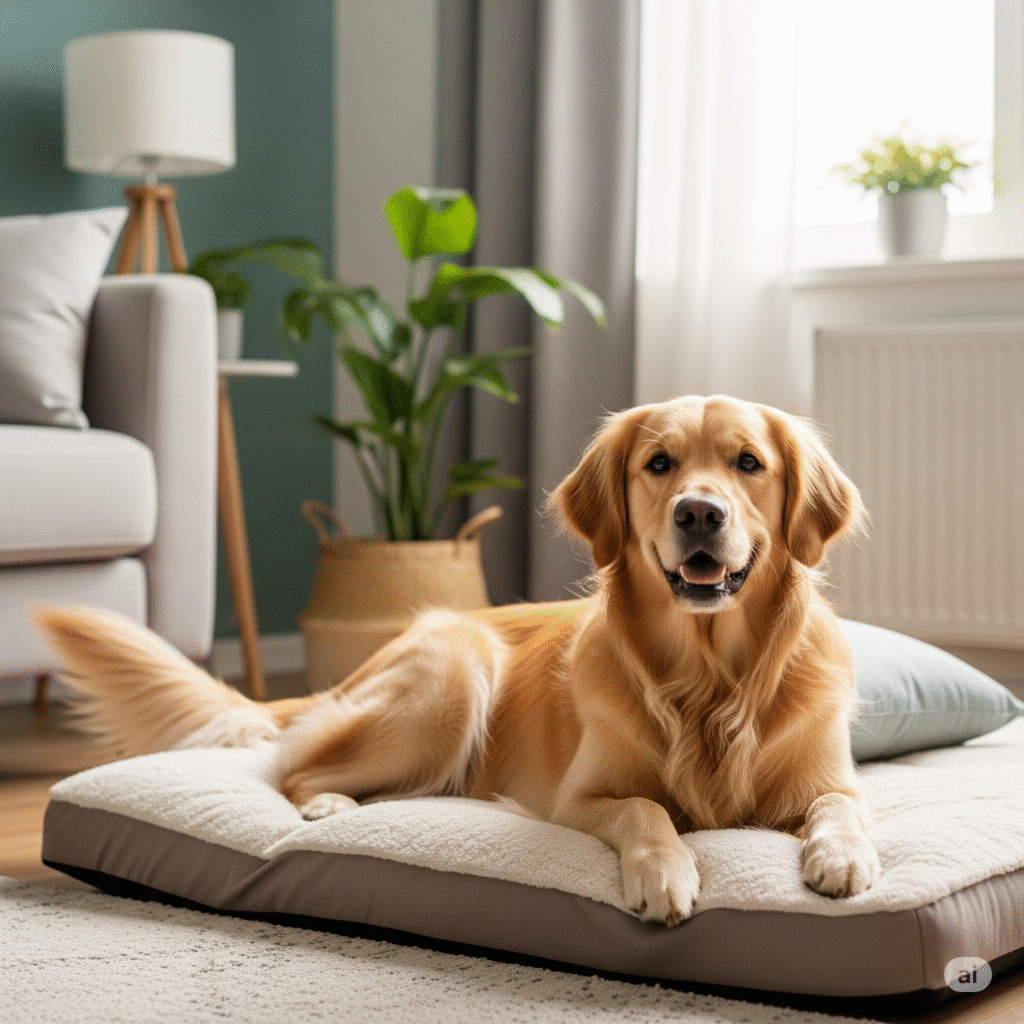
Additionally, consider incorporating calming music specifically designed for dogs into their routine. Soft sounds can significantly reduce stress levels during thunderstorms or fireworks.
Interacting with comforting textures—such as weighted blankets—can provide physical reassurance and promote relaxation during anxious moments. Each dog responds differently; experimenting with these options may lead you to discover what works best for your furry friend.
Seeking Professional Help
When you’re facing challenges with fear in dogs, it might be time to seek professional help. Veterinarians and certified dog trainers can provide valuable insights.
A vet can rule out any underlying health issues contributing to anxiety. Sometimes, medical conditions amplify fear responses. Understanding your dog’s physical health is essential for effective treatment.
Professional trainers have experience with various techniques tailored to anxious dogs. They can guide you through behavioral modification strategies that are safe and effective.
Consider consulting a canine behaviorist if your pet’s anxiety is severe or persistent. These experts specialize in understanding canine emotions and behaviors, helping you control fear in dogs more effectively.

Group classes could also offer socialization opportunities while providing support from other dog owners facing similar challenges. You’re not alone on this journey; professional guidance can pave the way toward a calmer companion.
Signs That Professional Help Is Needed
Seek professional assistance if you notice:
- Persistent fear-based aggression
- Extreme distress behaviors
- Minimal improvement with self-led training efforts
Finding the Right Professional
Finding a qualified dog behaviorist or trainer can provide the necessary guidance to manage fear effectively. They can assess your dog’s behavior and develop a tailored training plan.
Frequently Asked Questions About Fear in Dogs
What are common signs of fear in dogs?Common signs include trembling, hiding, excessive barking and avoidance behaviors.
How can I tell the difference between fear and aggression?Fear often involves retreating or freezing, whereas aggression may display as growling or lunging.
Is positive reinforcement effective for training fearful dogs?Absolutely! Positive reinforcement helps build trust and encourages desired behaviors, reducing overall fear.
When should I seek professional help for my dog’s fear?Professional help is advisable if fear persists or affects daily life and behavior.
Can anxiety in dogs be completely cured?While some anxiety may linger, consistent training and proper management strategies can significantly improve a dog’s quality of life.
Conclusion
Calming an anxious canine can be a journey filled with challenges, but it’s also incredibly rewarding. Understanding your dog’s fear and recognizing the signs of anxiety are essential first steps in addressing their needs.
By identifying what triggers this fear and learning effective techniques to manage it, you can significantly improve your dog’s quality of life. Incorporating regular exercise and mental stimulation into their routine not only helps reduce fear in dogs but also enhances overall well-being.
Positive reinforcement training builds confidence while creating a safe environment fosters security during stressful situations. Remember, every dog is unique; patience and love go a long way when working through these issues.
With time and effort, you’ll create a calmer atmosphere for your furry friend where they feel safe and secure. Addressing fear in dogs isn’t just about alleviating stress—it’s about nurturing trust between you both.

